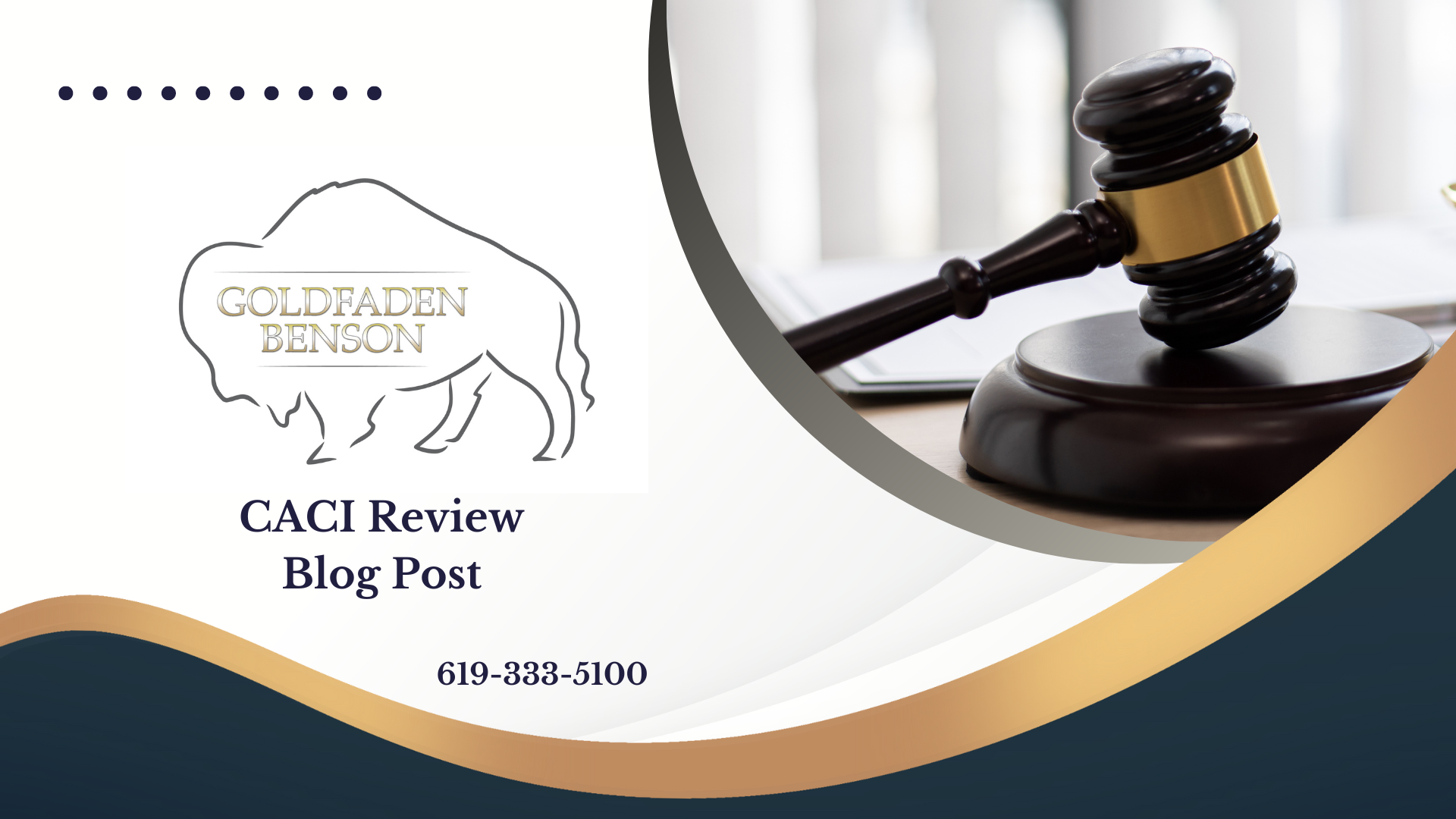Understanding Wrongful Termination in California
When it comes to employment, job security is something many people take for granted. However, when terminations happen, especially under suspect circumstances, it can lead to significant challenges. One of the legal pathways for employees to seek justice in such situations is through a claim of wrongful termination. This blog will clarify what you need to know about this process and what a plaintiff must prove to prevail in such cases.
What is Wrongful Termination?
In California, wrongful termination generally occurs when an employee is fired for reasons that violate public policy, or for specific discriminatory reasons. Public policy violations could include firing a worker for filing a workers' compensation claim, or for refusing to commit an illegal act at the employer's direction.
To illustrate the seriousness of wrongful termination, think about a situation where an employee decides to stand up against unethical practices at work. If they are terminated soon after for that reason, they could potentially file for wrongful termination based on that public policy breach.
Elements to Prove a Case of Wrongful Termination
If someone believes they have been wrongfully terminated, it is crucial to understand the elements they must prove in court. Here are the key components of a wrongful termination claim based on public policy:
1. **Employee Status**: The plaintiff must demonstrate that they were an employee of the defendant (the employer).
2. **Termination Occurrence**: The plaintiff must show that they were terminated from their job.
3. **Violation of Public Policy**: The plaintiff must prove that the reason for their termination was substantially related to a violation of public policy. This involves showing that their dismissal was connected to situations like refusing to break the law or reporting unsafe working conditions.
4. **Harm**: The plaintiff must demonstrate that they suffered damage as a result of the termination. This could include lost wages or emotional distress.
5. **Causal Connection**: Finally, there needs to be a clear link that shows the termination caused the harm suffered by the employee.
It's worth noting that these claims can be complex, and courts often consider specific facts regarding each case. For instance, if the dismissal stems from an employee's refusal to partake in illegal activities requested by the employer, that strongly supports a wrongful termination claim.
Why Does This Matter?
For both employers and employees, understanding the parameters of wrongful termination is crucial. Employees need clarity on their rights, while employers must be cautious to avoid illegal practices distinct from what the law permits.
If you believe you've faced wrongful termination, seeking legal counsel might help you better navigate your options. Our team at Goldfaden Benson is dedicated to advocating for employee rights and ensuring justice in the workplace. Whether you need to understand your rights or seek assistance with a specific case, do not hesitate to call us to discuss your situation.
Understanding wrongful termination is key for navigating your rights in the workforce. Contacting professionals with expertise in these matters could provide personal guidance tailored to your circumstances. For more information, reach out to us at Goldfaden Benson, your trusted personal injury law firm in San Diego.








